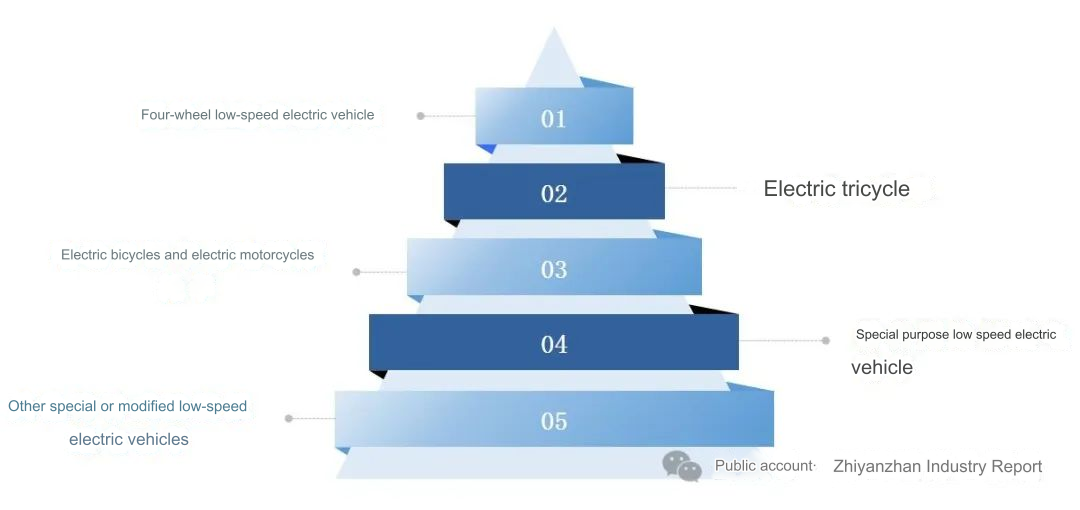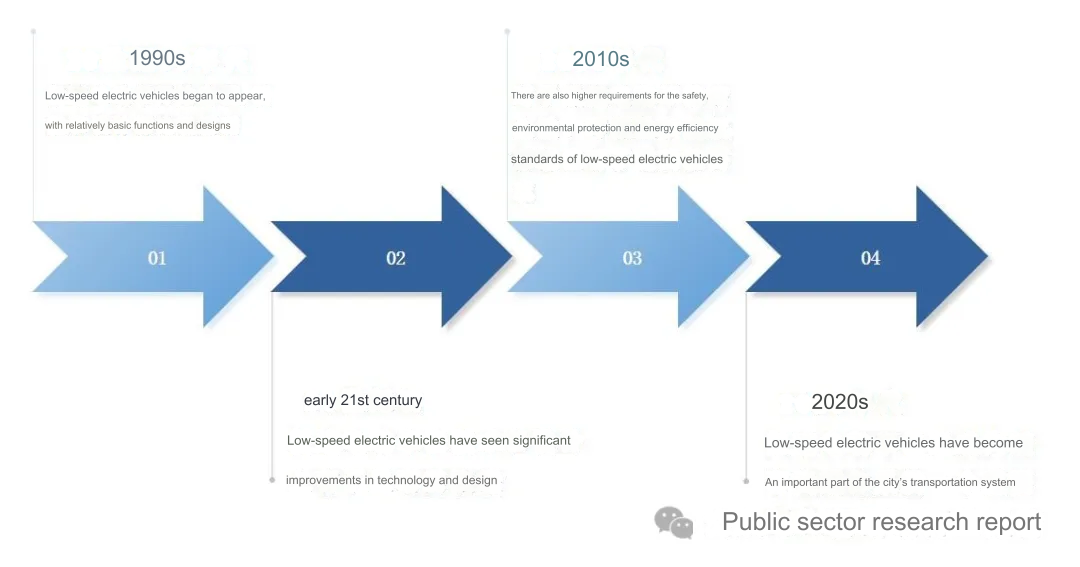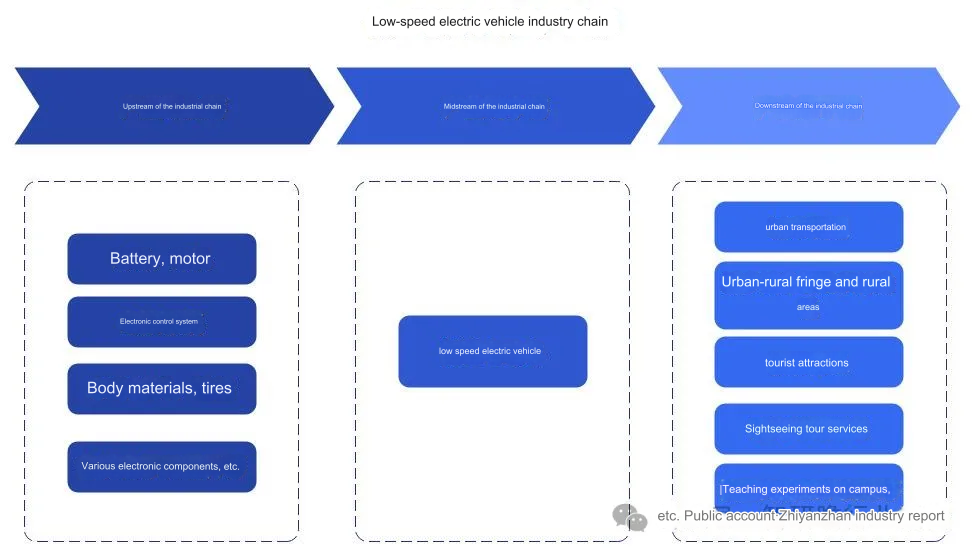China's low-speed electric vehicle industry: strong export growth momentum
Date:2024-08-09 Author:Shandong Xinda Motor Co., Ltd.



|
date |
policy |
content |
| June 17, 2021 | Technical Requirements for Pure Electric Passenger Vehicles | First, the original technical conditions for pure electric passenger vehicles are revised and updated; second, technical requirements for micro low-speed pure electric passenger vehicles are added, including definition, power, braking, external dimensions, curb weight and other relevant technical indicators and requirements. |
| November 8, 2018 | Notice on Strengthening the Management of Low-Speed Electric Vehicles | All localities are required to organize a cleanup and rectification of low-speed electric vehicles, strictly prohibit the addition of new low-speed electric vehicle production capacity, and strengthen standardized management. |
| March 14, 2019 | Safety Technical Requirements for Pure Electric Passenger Vehicles | Formulate mandatory national standards for the safety technical conditions of pure electric passenger vehicles. |



























 XINDA
XINDA